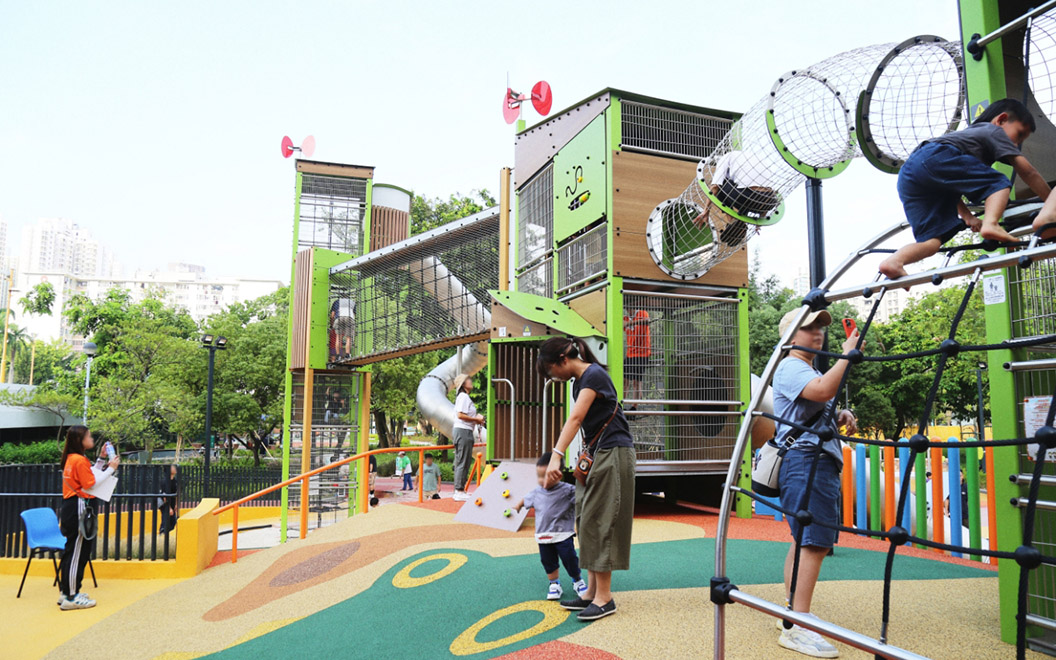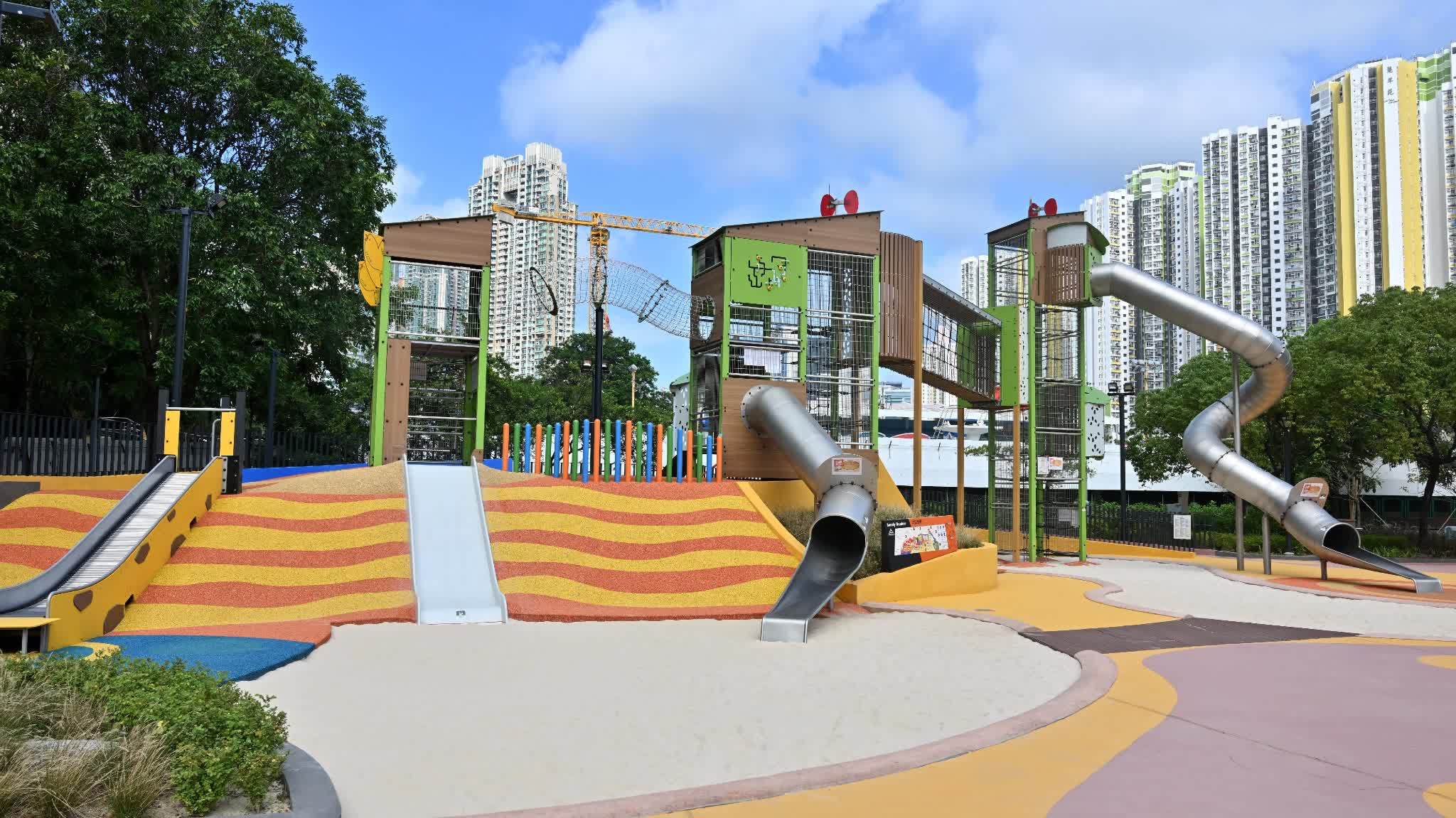Reimagining Urban Play: How Hong Kong Is Transforming Playgrounds Through Child-Centered Design
In the bustling urban landscape of Hong Kong, a quiet revolution is taking place—one that transforms ordinary public spaces into extraordinary playgrounds where children are not just visitors, but active creators. The city’s approach to playground design represents a remarkable shift from traditional recreational spaces to innovative, inclusive environments that prioritize children’s perspectives and experiences.
Take the Sham Shui Po Park, a prime example of this innovative design philosophy. Rather than simply installing standard playground equipment, designers have crafted a multisensory landscape divided into three distinct zones that invite exploration and imagination. The Sandy Bunker features a mesmerizing long spiral tube slide, while the Jungle Meadow offers a natural play space complete with diverse swings and a wheelchair-friendly carousel that ensures children of all abilities can participate.
The most striking aspect of these redesigned spaces is their commitment to inclusivity. In the Oasis Spring zone, climbing nets and trampolines coexist with water play elements, creating a dynamic environment that stimulates multiple senses. Designers have thoughtfully incorporated features like varying height water play basins and tables, ensuring that children with different physical capabilities can engage fully. Even technical considerations, such as using a stainless steel slide safe for children with hearing implants, demonstrate the meticulous attention to accessibility.

What sets Hong Kong’s approach apart is its radical approach to community engagement. Instead of designing playgrounds through a top-down methodology, the Leisure & Cultural Services Department and Architectural Services Department have embraced a “people-centered” design process. For the Tong Mei Road Children’s Playground renovation, they went a step further by directly involving children in the design process.
Through workshops, street booths, and comprehensive questionnaires, children were treated as “protagonists” in shaping their play environments. This approach recognizes that children are not passive recipients of design but active stakeholders with valuable insights and creative perspectives. By soliciting their input, designers create spaces that genuinely resonate with their intended users.
Beyond the physical infrastructure, these playgrounds serve a deeper social purpose. They are not merely recreational spaces but platforms for critical developmental experiences. Children use these environments to socialize, stimulate creativity, and collectively shape memories and social interactions. Each slide, swing, and play element becomes a canvas for imagination and connection.
The transformation of these public spaces reflects a broader understanding of play’s importance in urban environments. Instead of viewing playgrounds as afterthoughts or simple entertainment zones, Hong Kong recognizes them as essential infrastructure for child development and community building.

As cities worldwide grapple with urban design challenges, Hong Kong’s approach offers an inspiring model. By listening to children, prioritizing inclusivity, and designing with empathy, these playgrounds become more than just spaces—they become living, breathing ecosystems of play, learning, and community interaction.
The result is a cityscape that doesn’t just accommodate children but celebrates them, transforming mundane urban spaces into extraordinary realms of possibility and wonder.













